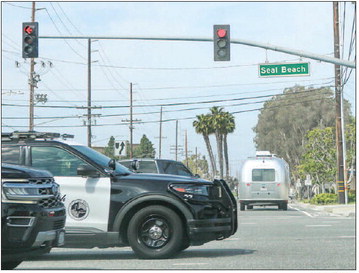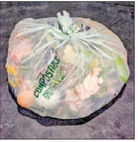Did you know?
In a second scenario, the city raises rates at a slower pace and augments the cost of projects by taking on more debt. Though this scenario may reduce immediate costs for ratepayers, it only addresses what Gagnon called “the bare minimum.” This plan would not address certain infrastructure needs and further delay certain needed improvements.
Last spring, the Seal Beach City Council held hearings to discuss potential water rate increases. The proposal at that time would have increased Leisure World’s water rates by 140% over four years, with an average per-resident monthly cost of $40.96 by 2028.
Ultimately, that rate study was postponed to gather more information about the city’s long-term infrastructure needs, and to gather additional public input.
In an email to the LW Weekly, Seal Beach Public Works Director Iris Lee wrote that “revenue adjustments in both scenarios are lower than the spring 2024 model,” and that the rates will be discussed at a future meeting.
No decisions were made at the March 11 study session, but Lee was clear in her presentation to the council: “Time is of the essence.”
“Our city was incorporated in 1915,” Lee said. “And some of our infrastructure is of the same vintage, which is well over a century old [...] A lot of our infrastructure is either meeting the end of its serviceable life or it has surpassed that period of time.”
When water and sewer systems meet the end of their serviceable life, they are more likely to face system failures.
Last year, when the groundwater- producing Bolsa Chica Well went down, the city spent approximately $1 million on imported water. The city spent another $500,000 on emergency repairs, including emergency sewer cleaning and blockages in Old Town, an emergency repair on a pump motor, and hydrant valve breaks.
“This is an unexpected usage of funds that, frankly speaking, we don’t have,” Lee said.
If the city increases rates, the revenue would go towards repairing and replacing sewer pumps, water mains, wells and more over the next five years.
The effects of these projects will be largely imperceptible to Seal Beach residents. Clean water will continue flowing to homes and businesses. Firefighters will continue to suppress fires with water flowing at a strong, steady pressure. When residents living in the Hill, Bridgeport and Old Town flush the toilet, their waste will be transported by underground pipes to Westminster for treatment.
Ignoring these projects or kicking the can down the road has a more clear effect.
Built in 1973, a failure at Pump Station 35 would cause sewage to overflow into the ocean, plus severe backups in southern Seal Beach. If the Sunset Aquatic Park Pump Station fails, sewage will flow into the Anaheim Bay. If wells aren’t rehabilitated, clean water will continue flowing to people’s homes, but it will be imported at twice the cost of groundwater.
The Seal Beach City Council is expected to discuss water rates again for a meeting tentatively scheduled for Thursday, March 27, at 5:30 p.m. in the Seal Beach City Council Chambers, 211 Eighth Street, Seal Beach, CA 90740.
If rate increases are approved, residents will be notified at least 45 days prior to a public hearing.
For more information about the rate study, visit utilityratestudy. sealbeachca.gov.
Proposition 218, passed in 1996, mandates that utility rates must be fair and equitable. Cities cannot charge customers more than it costs to provide water and wastewater (sewer) services.



